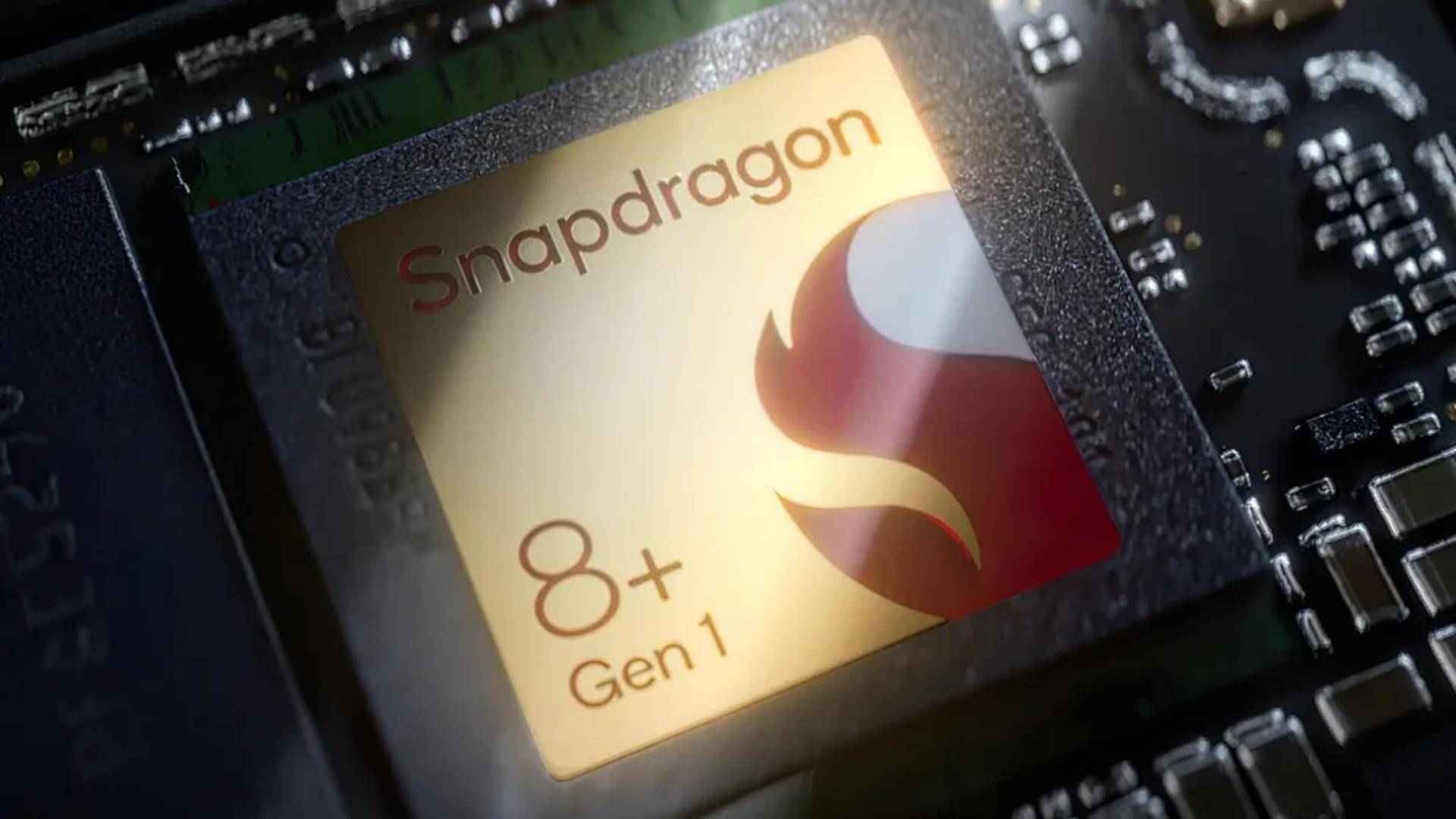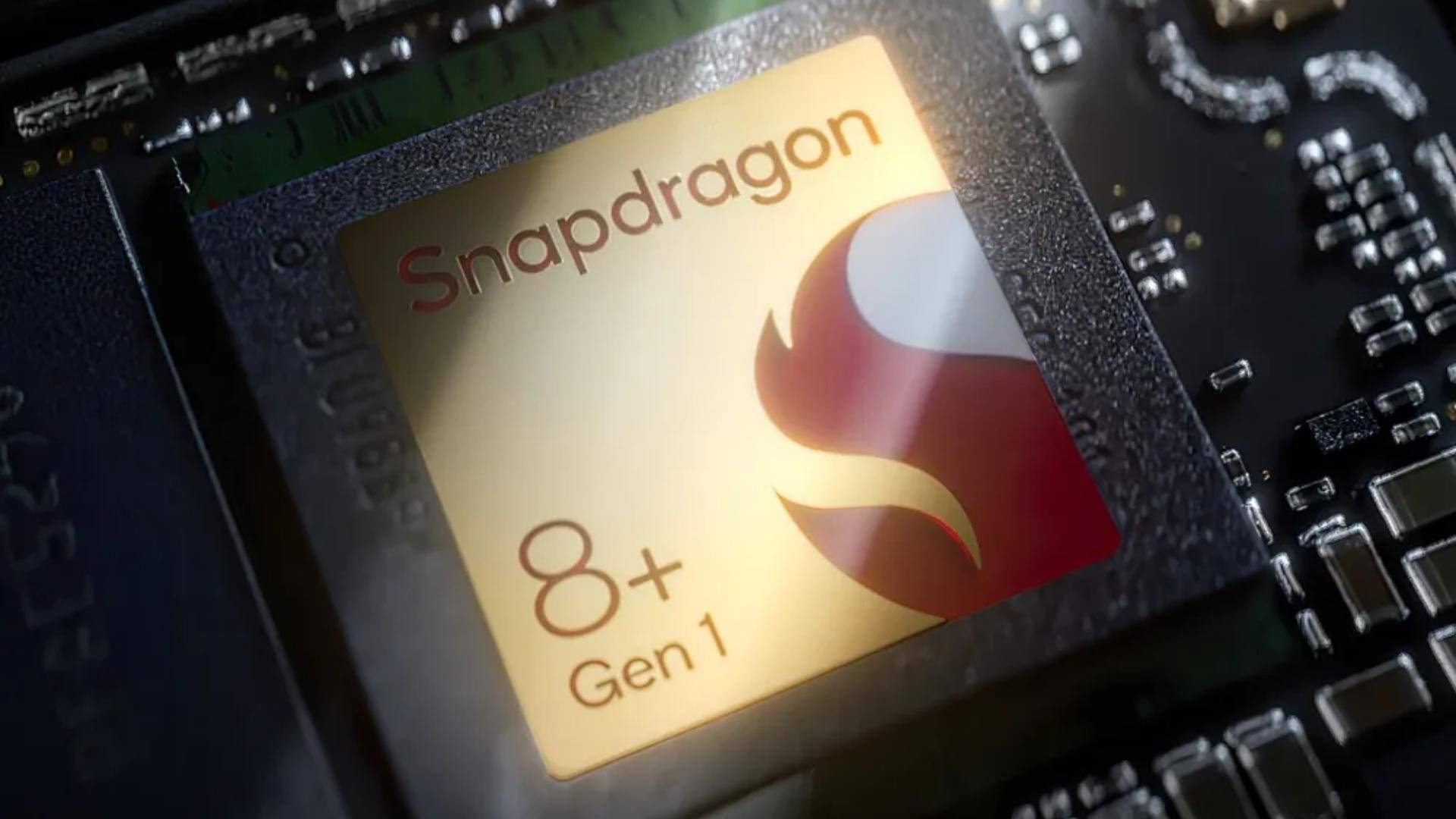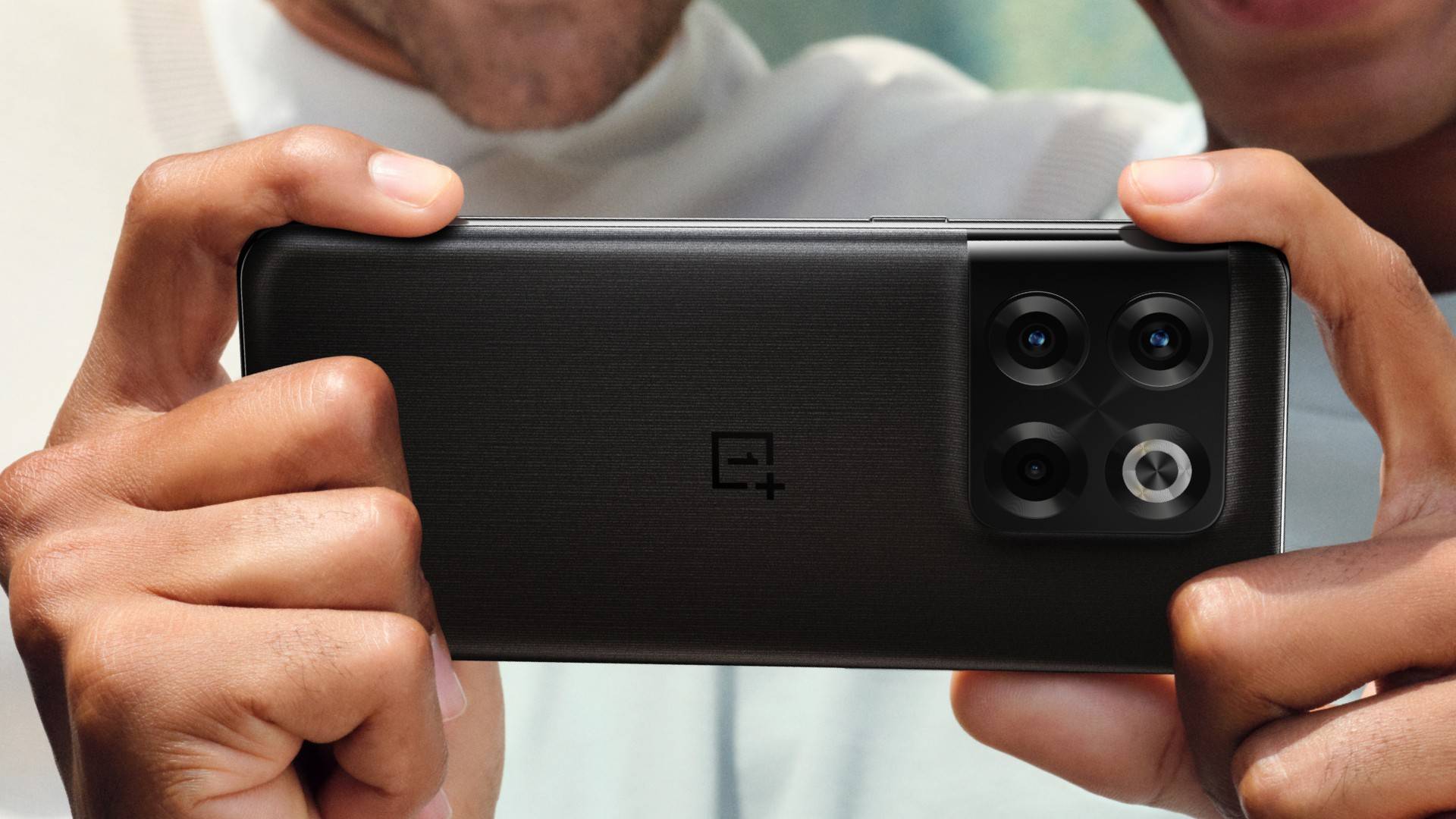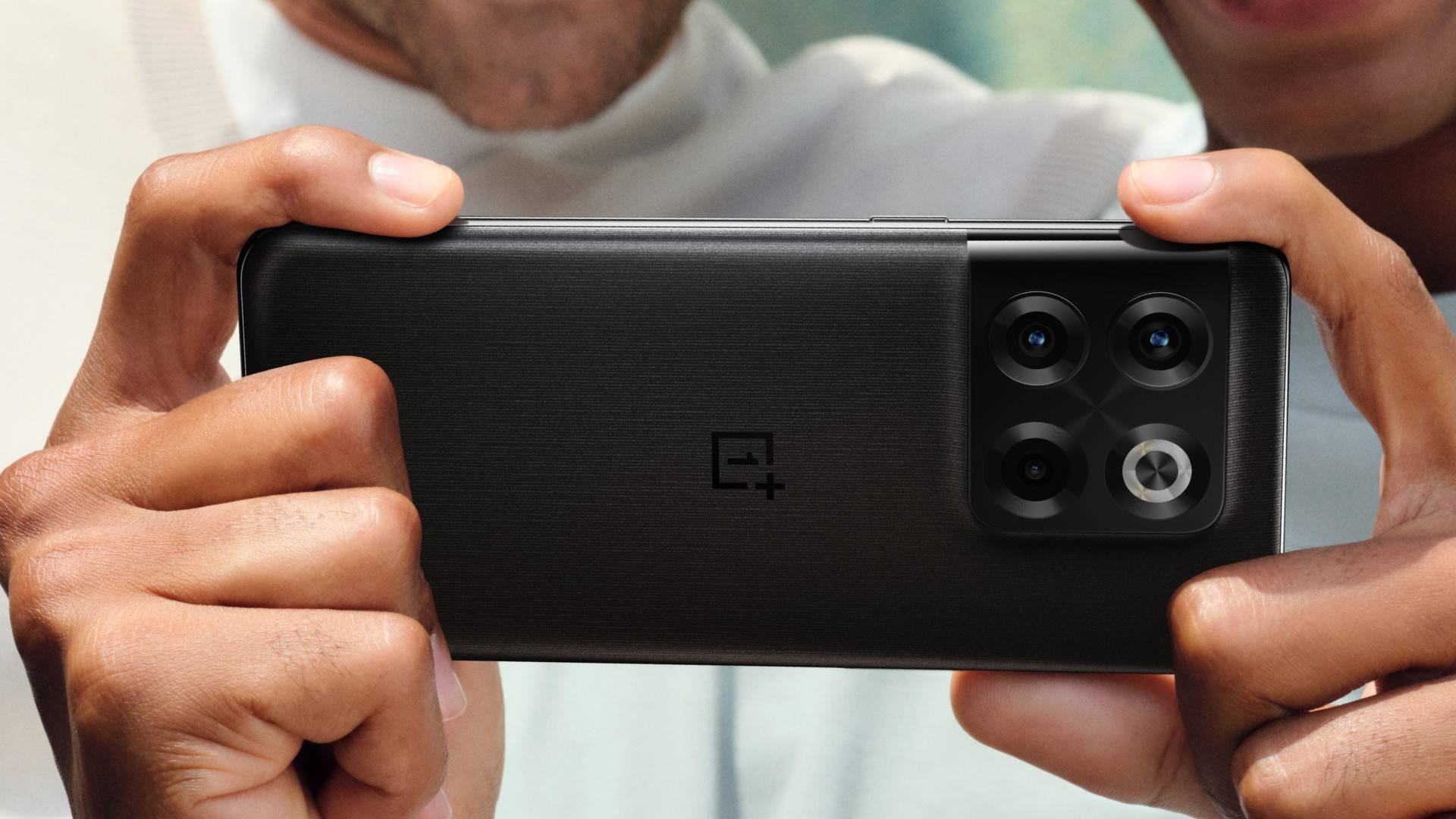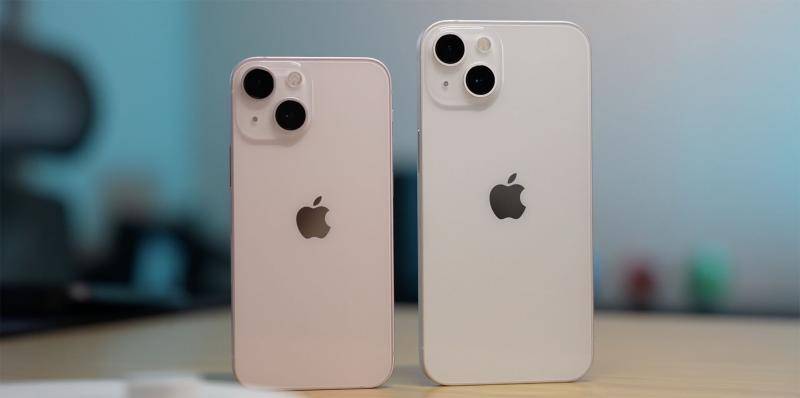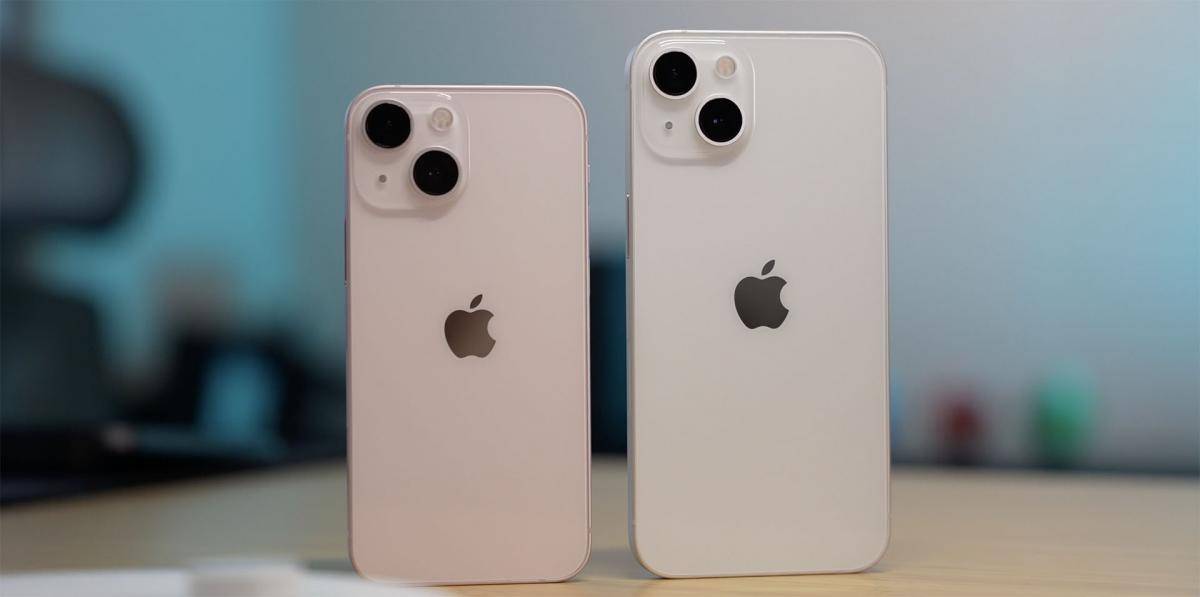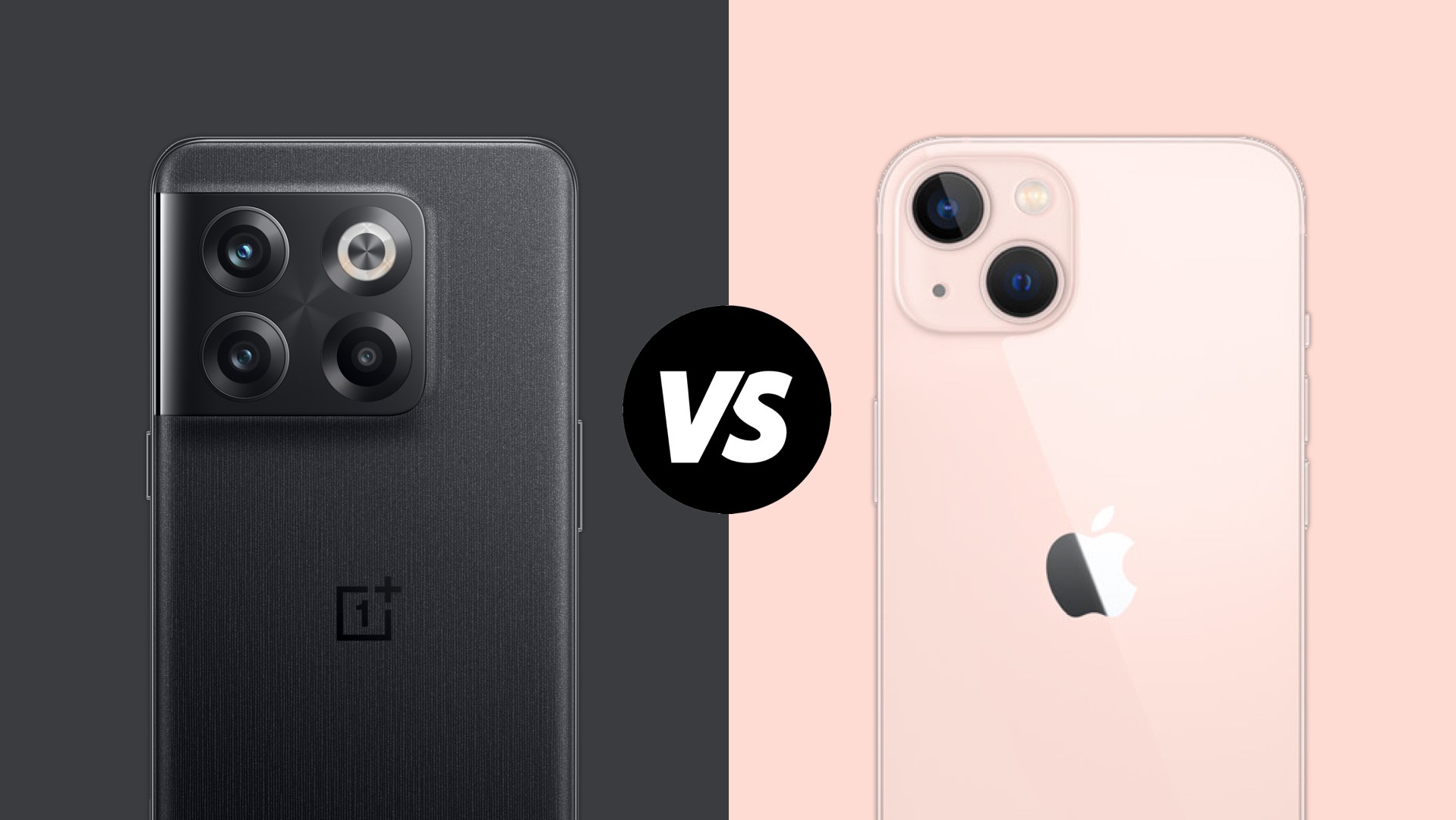
The OnePlus 10T is the latest Android flagship in the market. For a price of $649, OnePlus’ new smartphone offers an impressive list of features, including a pro-grade display, Qualcomm’s new and improved Snapdragon 8+ Gen 1 processor, 150W fast charging, triple-camera setup, and much more.
At the same time, the OnePlus 10T has many rivals available in the market. Now that we’ve compared the OnePlus 10T to the Google Pixel 6 and the Samsung Galaxy S22, it’s time to pit it against Apple’s most popular iPhone of 2022, the iPhone 13, to see which smartphone deserves a place in your pocket.
Design

Starting off with the design, it’s quite evident that both smartphones sport a very different look. The iPhone 13 comes with the same flat edge design Apple revived with the iPhone 12 series. While the smartphone does look a lot like its predecessor, there are a few differences between the two. For starters, the iPhone 13 has a smaller screen notch compared to the previous generation.
It is also slightly thicker than the iPhone 12, thanks to a bigger battery. The phone now also features diagonal camera lenses (due to bigger sensors). And then there’s the aluminum metal frame surrounding the device, which is sandwiched between the Ceramic Shield front and back glass.
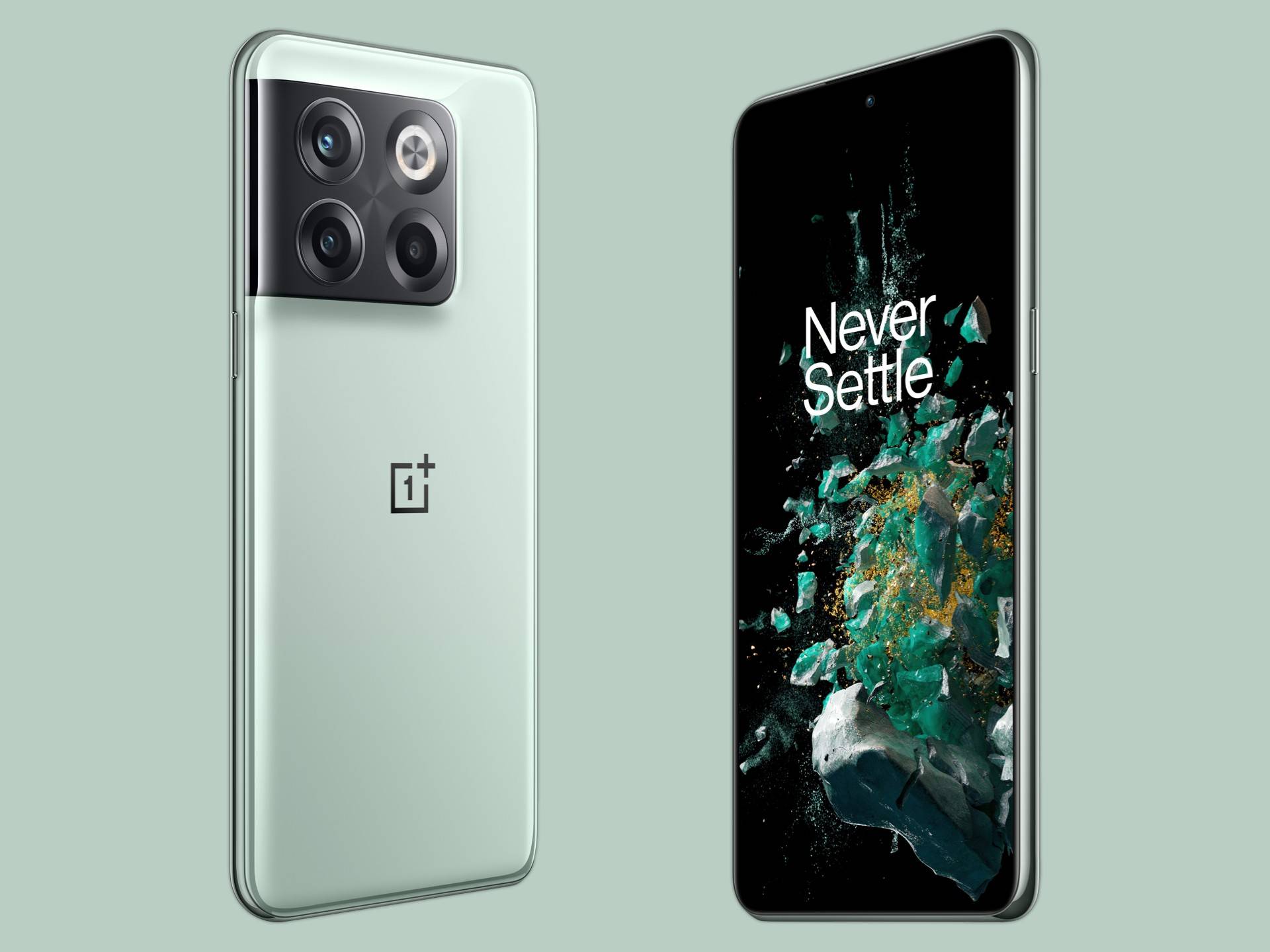
On the other hand, the OnePlus 10T keeps a similar profile as its pricier sibling, the OnePlus 10 Pro. It features a protruding camera module on the top left corner that blends into the side frame. Unlike the iPhone 13, the OnePlus 10T has a curved-edge design, making it easier to hold. Although the OnePlus 10T features Corning’s Gorilla Glass, its frame is made out of plastic. OnePlus has also removed the company’s iconic Alert Slider from the OnePlus 10T, a favorite fan feature.
As far as colors are concerned, the OnePlus 10T is available in two options: Moonstone Black and Jade Green. The Moonstone Black variant comes with a matte rock-like texture, while the Jade Green variant sports a ceramic-like finish.
On the other hand, the iPhone 13 is available in a number of colors, such as Green, Pink, Blue, Midnight, Starlight, and Product (Red). Regardless of the color variant you choose, you’re getting a glossy back on the iPhone 13, though.
Display
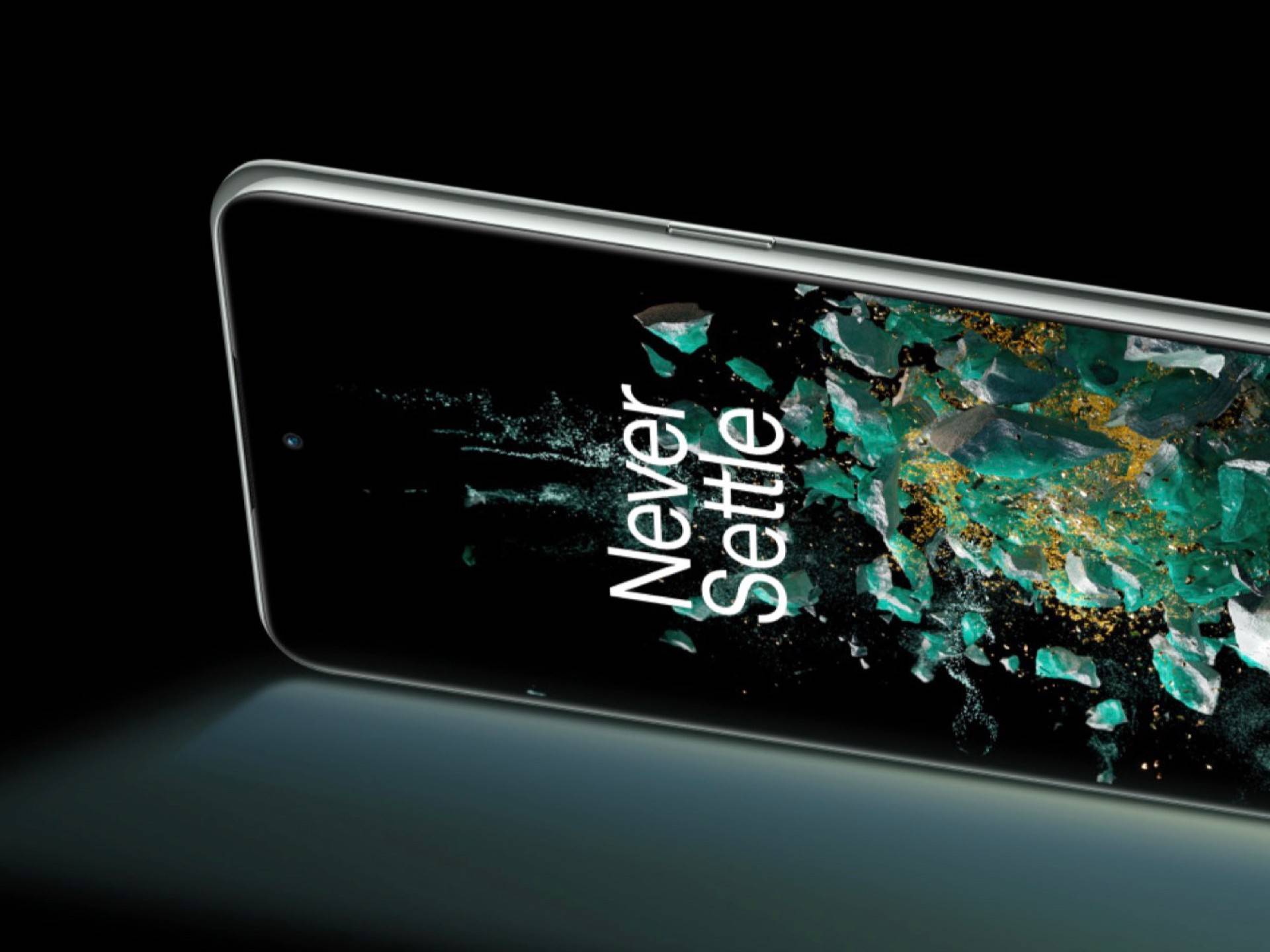
Moving on to the front of the two phones, both flagships offer fantastic displays. The OnePlus 10T comes with a 6.7-inch Fluid AMOLED display with FHD+ resolution. The display supports an adaptive refresh rate of up to 120Hz, allowing the smartphone to adjust between 120 Hz, 90 Hz, and 60 Hz depending on the type of content being displayed to save battery life. In addition, the display boasts a 1000Hz touch sampling rate and a peak brightness of 950 nits.
On the other hand, the iPhone 13 features a 6.1-inch Super Retina XDR OLED panel. It has a resolution of 1,080 x 2,340 pixels and supports a peak brightness of 800 nits. However, the refresh rate is one key area where the iPhone 13 loses, as its refresh rate is stuck to 60Hz. Another key difference between the smartphones is that the iPhone 13 comes with a big notch up top, while the OnePlus 10T features a small center-punch hole camera cutout.
Performance
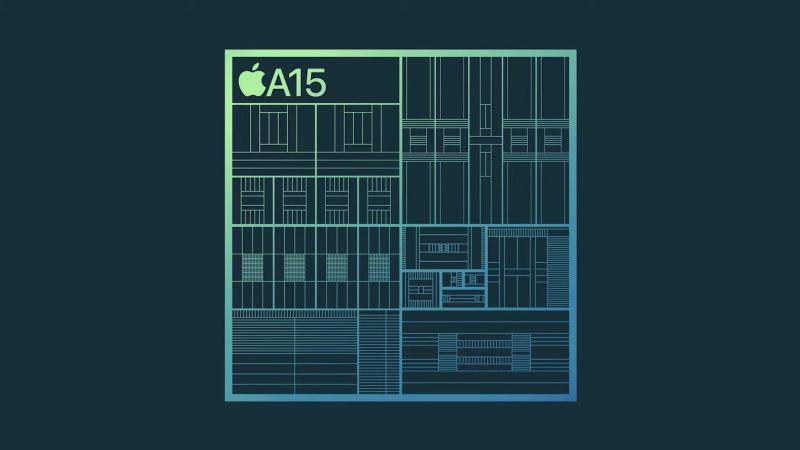
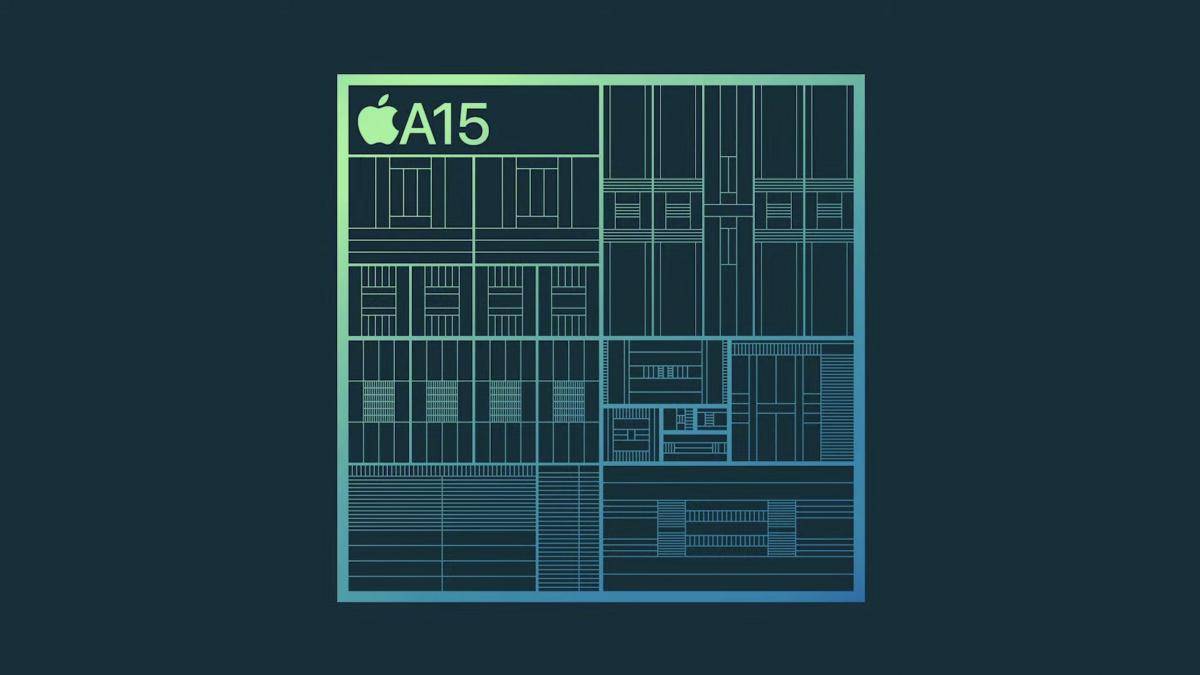
The OnePlus 10T is powered by Qualcomm’s latest Snapdragon 8+ Gen 1 processor. This chip offers peak CPU speeds of 3.2 GHz, all while boasting 30% improved CPU and GPU efficiency. The smartphone also packs OnePlus’ next-generation 3D Cooling System, which it claims, ensures that the 10T remains cool while avoiding any kind of throttling.
Meanwhile, the iPhone 13 comes with the A15 Bionic chip, one of the best mobile SoCs out there. Apple has maintained a lead in the chipset industry for quite a few years now, and it’s the same case here with A15 Bionic vs Snapdragon 8+ Gen 1.
If you are looking for a smartphone that offers unhindered usage with a great combination of performance and efficiency, the iPhone 13 is bound to be the better pick out of the two. However, you won’t notice any lag on the OnePlus 10T as well as it features an equally capable chipset and will easily run games and apps at their maximum settings.
Camera Hardware
The iPhone 13 features a dual-camera setup which includes a 12MP Wide camera and a 12MP Ultra-Wide lens. The new sensors are large in size, and the camera system sports many features, such as Photographic Styles, Cinematic Mode, sensor-shift optical image stabilization, and many more. To learn more about how the iPhone 13’s camera performs in real life, make sure you check out our review of the smartphone on YouTube.
Battery
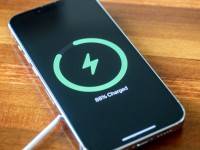
Our comparison of the OnePlus 10T to the Samsung Galaxy S22 showed how OnePlus has an edge over its competitors in the battery department, and this is true here as well. Not only the OnePlus 10T features a bigger battery — 4,800 mAh on the OnePlus 10T vs 3,240 mAh on the iPhone 13 — but it also boasts the highest battery charging rating of all the devices in this price range.
The 10T features OnePlus’ proprietary 150W (125W in North America) fast charging, which can fully charge the device from 0-100% in just 19 minutes. On the other hand, Apple’s iPhone 13 offers only 20W fast charging. However, it’s worth noting that only iPhone 13 boasts wireless charging. The OnePlus 10T, despite sporting a glass back, does not support Qi wireless charging.
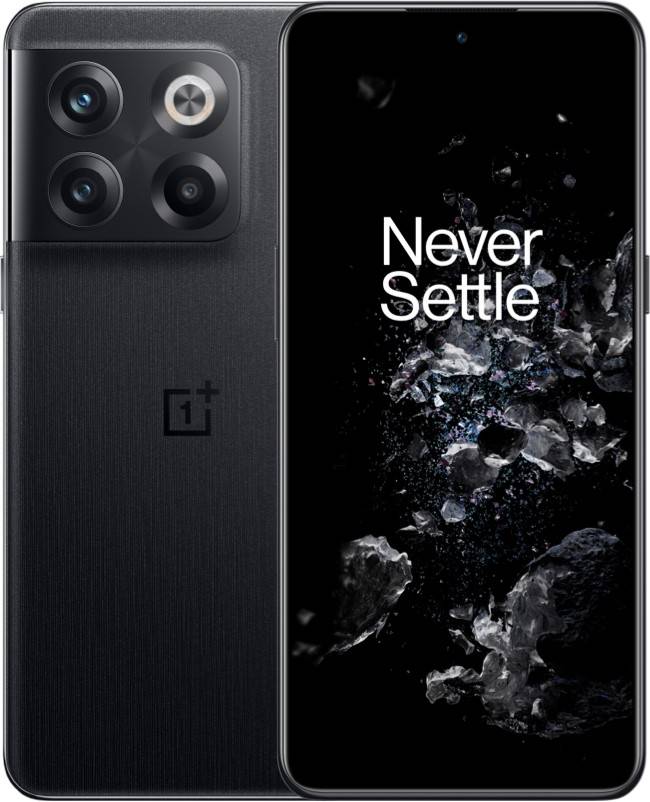
OnePlus 10T
OnePlus 10T is the latest affordable flagship from the BBK-owned brand. It comes with Snapdragon 8+ Gen 1, a 4800 mAh battery with 150W fast charging, up to 16GB of memory, and much more. Check out all the deals on the device using the links given below.

Apple iPhone 13
The iPhone 13 is the default smartphone from Apple for 2021. If you’re looking for an experience that remains fast and fluid over years to come and not lacking on any hardware front, this is the device to get. Check out all the deals on the device using the links given below.
Technical Specifications
| Category | OnePlus 10T | iPhone 13 |
|---|---|---|
| Dimensions | 163 x 75.4 x 8.8 mm | 146.7 x 71.5 x 7.65 mm |
| Weight | 203.5g | 174g |
| Display | 6.7-inch FHD+ AMOLED | 6.1-inch Super Retina XDR OLED |
| Display Features | 120Hz refresh rate HDR10+ Corning Gorilla Glass 5 |
60Hz refresh rate HDR support Ceramic Shield |
| Processor | Qualcomm Snapdragon 8+ Gen 1 | A15 Bionic |
| Memory | 8 / 16GB LPDDR5 | 4GB LPDDR4X |
| Storage | 128GB or 256GB UFS 3.1 | 128GB, 256GB, 512GB |
| Rear Cameras | Wide: 50 MP, Sony IMX766, f/1.8, OIS, 1.0 µm Ultrawide: 8 MP, f/2.2, 120-degree FoV, 1.12 µm Macro: 2MP |
Wide: 12 MP, f/1.6, OIS, 1.7μm, dual pixel PDAF, sensor-shift OIS Ultrawide: 12 MP, f/2.4, 120-degree FoV |
| Front Camera | 16 MP, f/2.4 | 12 MP, f/2.2 |
| Security | In-Display Fingerprint Scanner | Face ID |
| Connectivity | Single Nano-SIM, 5G, LTE, Wi-Fi 802.11 a/b/g/n/ac/ax, Bluetooth 5.2, NFC | 5G, LTE, Wi-Fi 6 (ax, Dual Band), Bluetooth 5.0, NFC |
| Ports | USB-C 2.0 | Lightning Port |
| IP Rating | – United States: IP54 – Rest of the world: No IP rating |
IP68 |
| Battery | 4,800 mAh | 3240 mAh |
| Wired Charging | North America: 125W SuperVOOC fast wired charging Rest of the world: 150W SuperVOOC fast wired charging |
20W fast wired charging |
| Wireless Charging | No | 15W MagSafe, 7.5W Qi wireless charging |
| Operating System | OxygenOS 12.1 (Android 12) | iOS 15 |
| Colors | Moonstone Black, Jade Green | Pink, Blue, Midnight, Starlight, (PRODUCT) RED |
| Starting Price | $649 | $829 |
creditSource link
